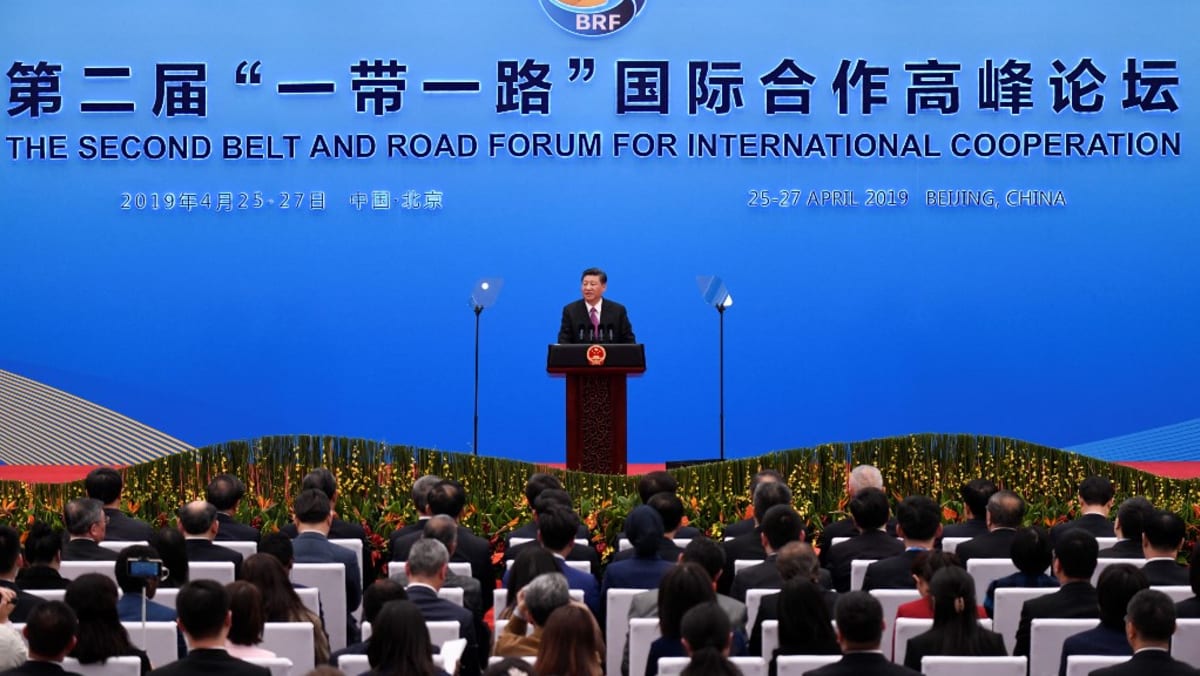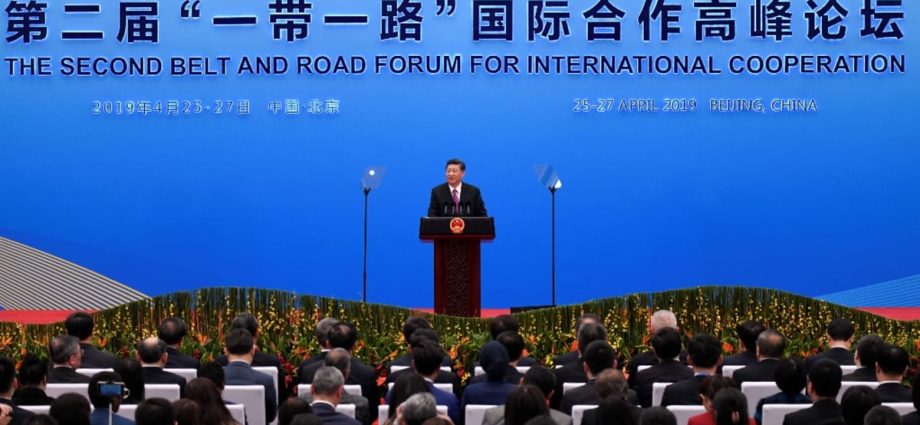
“Being labelled as China’s ‘strongman’ after Mao Zedong, Xi has proven himself as a different kind of Chinese leader.
“Through his constant consolidation of power within the party and the country’s political system, he has showcased his ambition and growing confidence by pursuing the BRI at the world stage – which none of his predecessors or other countries have embarked on,” she said.
For China, the BRI marked a departure from Deng Xiaoping’s “taoguang yanghui (keeping a low-profile)” strategy to “yousuo zuowei (accomplish something)” strategy, Dr Nur Shahadah said.
“Thus, one may notice that Xi’s style is more proactive and confident,” she said.
However, there has been scepticism about Beijing’s motives.
“Why is China so nice to us?” is a common question posed to the Chinese hosts during academic exchanges, shared Professor Cheng Ming Yu, chairperson of the Belt and Road Strategic Research Centre at Malaysia’s Universiti Tunku Abdul Rahman (UTAR).
And China’s reply is simply, “For win-win development.”
“‘Only when you grow, then we can grow. We have to grow together,’” Prof Cheng said.
“China cannot prosper if people cannot buy what they produce. It’s better to make other countries develop at the same time, then China can transfer its technology and continue to sell its products.”
CONTROVERSIES AND CRITICISMS
With an emphasis on infrastructure connectivity and unimpeded trade, the BRI has the potential to substantially improve trade, foreign investment and living conditions for people in participating countries, a World Bank study in 2019 suggested.
With the infrastructures in place, travel times could reduce by up to 12 per cent along the economic corridors, while that with the rest of the world was estimated to decrease by an average of 3 per cent.
Trade would also increase between 2.8 and 9.7 per cent for Belt and Road corridor economies and between 1.7 and 6.2 per cent for the world, the study added.
The caveat, though, was that China and the countries have to adopt policy reforms that increase transparency, expand trade, improve debt sustainability as well as mitigate environmental, social and corruption risks.
According to the report, one-quarter of the Belt and Road economies already have high debt levels, and medium-term vulnerabilities could increase for a handful of them.
China critics have long described the initiative as a debt trap that drowns countries in unsustainable debt as Beijing wields undue influence over them, not to mention sovereignty and security concerns.

